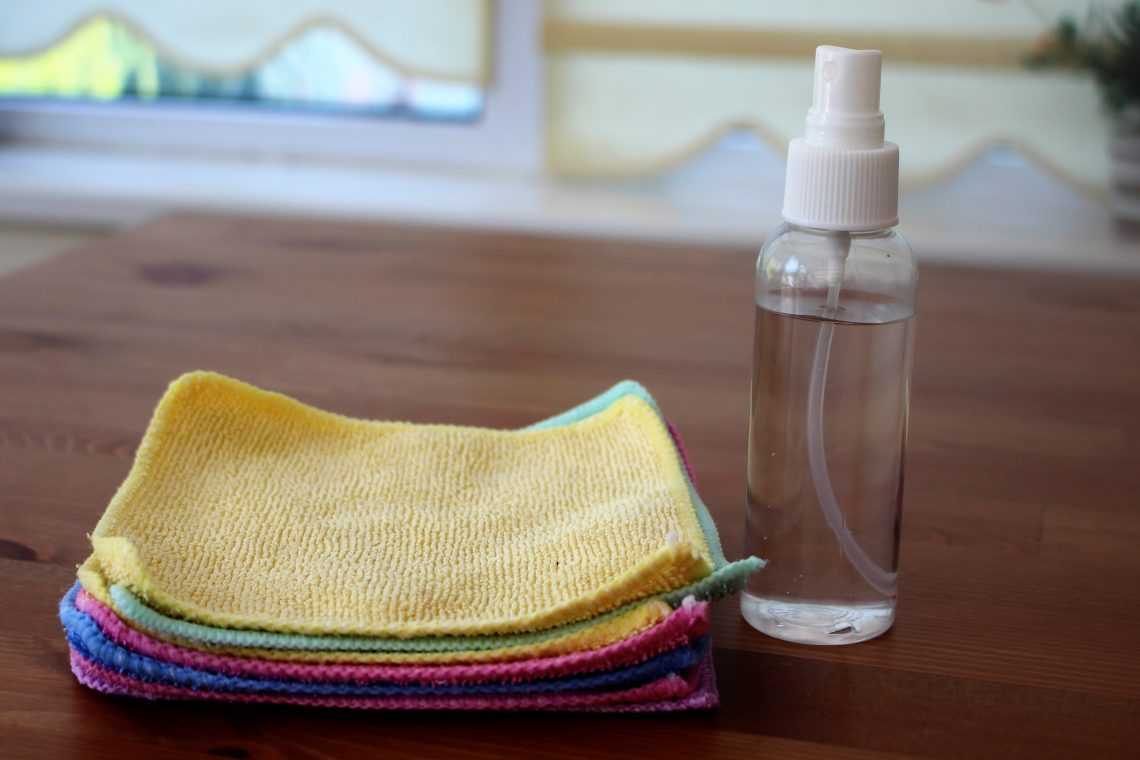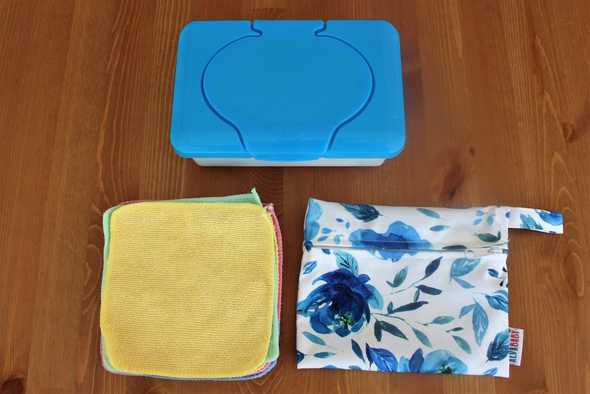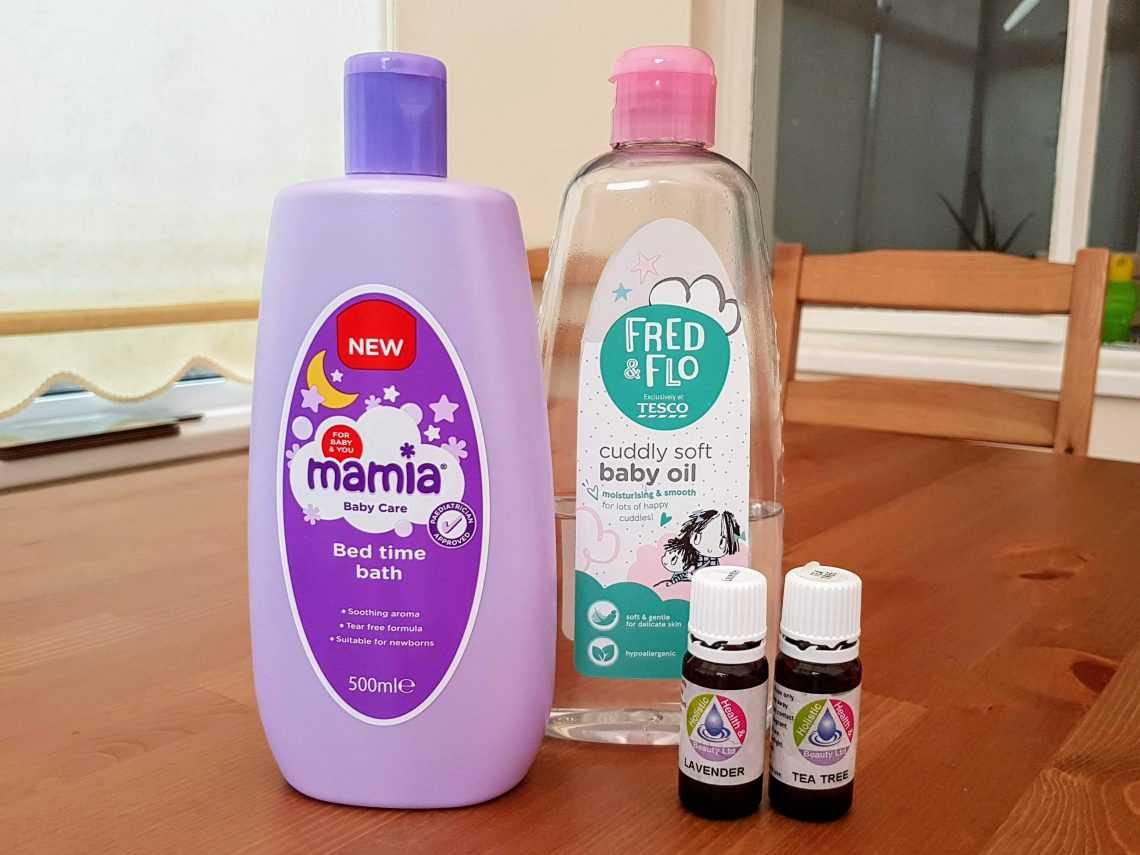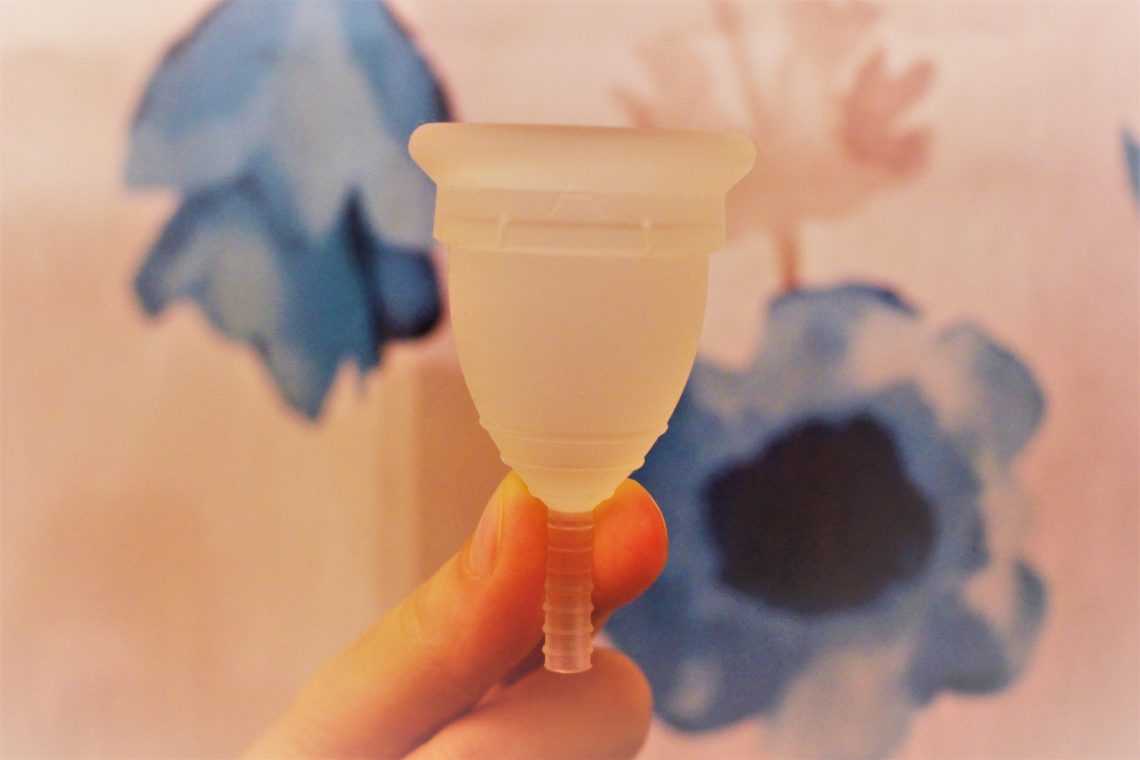
Reusable Wipes For Babies
Wet wipes are extremely useful and popular, and come in a whole variety of forms, for hundreds of different uses. However, they are one of the most damaging and problematic products, and have a wide range of impacts on the environment.
Wet wipes have been found to block sewers and line river beds. But more importantly, they contain plastics to make them sturdier, which when broken down form microplastics, consumed by marine life.
These microplastics end up in approximately 70% of marine creatures, including seafood consumed by humans. This causes huge issues for the marine life, often remaining in their stomachs and causing death by starvation.
There are many alternatives to using wet wipes, which can easily be incorporated to daily life. For example, removing makeup, and washing your face with a washcloth, and cleaning mess and kitchen spills with an antibacterial spray and cloth rather than with disposable wipes.
This post will focus specifically on wet wipe alternative for babies and young children. These crazy creatures come with a whole lot of mess, and finding good alternatives can be a bit more tricky, and can take some prior planning.
Despite requiring a little more time and effort, reusable wet wipes are cheaper in the long run, remove more grime and are sturdier. They also contain no harmful chemicals, which is particularly beneficial for babies skin. So there are many good reasons to use them!
Types of reusable wipes
There are many different types of wipe available to buy, ranging from dirt cheap, to higher quality, more expensive types. These include:
- Fleece wipes – These are one of the cheapest types, and are popular when making DIY wipes as they do not require any sewing to prevent fraying. However, these can smear mess and so more wipes are needed during clean ups.
- Microfibre wipes – These are also relatively cheap. They are very absorbent and remove waste easily and effectively.
- Bamboo wipes – These are the most expensive, but are incredibly soft, and are great for newborn babies. They also work well at removing waste.
To save some extra cash, you can make wet wipes out of any fabrics you have at home. The most useful are old t-shirts, fleece blankets or towels. You can even buy handmade wipes on ebay, which are also very cheap. So don’t feel like you have to spend more money buying branded wipes.
Getting Started
When transitioning to reusable wipes there are some items that make the process a bit easier, and some items that are more essential. The items below are what we use, but there are loads of techniques to try, so find what works best for you! Some people opt for more expensive kits, like those by cheeky wipes, but we just made our own kit to save a bit of money. Items we use:
- 30- 50 wipes – We have different coloured wipes so that we can ‘colour code’ them. This helps separate the wipes used for bottoms and those that are used for hands and faces.
- Plastic wipe container – This is one of the sturdy, reusable ones. We have two of these, one with wipes for face and hands, that we keep in the dining room. The other for bottoms, that we keep at the nappy changing station.
- A small wet bag – We use this to take clean wipes out and about with us. It’s also handy to have another for dirty wipes, or alternatively, if you also use reusable nappies, just pop the dirty wipes in with the dirty nappies.
Methods
There are a few ways reusable wipes can be used, and these can be tried and tested to see what works best for you.
- Dry wipe system – This entails keeping a stack of dry wipes, and using them dry on baby, to remove mess. This is the easiest method as it involves no extra effort, and wipes can be placed straight into a nappy bag to use when out and about. However, the lack of moisture may make clean ups a little harder.
- Store dry & wet as needed – This entails keeping a stack of dry wipes, and either spraying them with a wet wipe solution (See my wipe solution recipe) or running them under the tap before each nappy change. This is beneficial, as storing wipes dry prevents them from becoming moldy if they’re not used within a few days. However, this might be an extra hassle if there are no taps in the changing areas or if you forget to wet the wipes before getting the baby ready to change.
- Pre-wet wipes – These are the closest to normal wet wipes, meaning that they are the easiest for partners and family members to use. This method entails storing wipes in a container with a wet wipe solution or water. This is beneficial as they are ready to use at clean ups, and the oil added to the solution helps remove waste. However, you should only store the amount of wipes that can be used in a few days, to prevent them smelling mouldy. When going out, we take some of the wipes from the container and put them into a small wet bag.
Washing
- Without fabric softener
- Wash between 40-60 degrees
- Wipes do not need to be soaked
- Wipes used to clean faces and hands can be washed with normal laundry.
Once used we stick the wipes in the nappy bin with the reusable nappies, so it doesn’t add any extra hassle to us in terms of washing schedules. Otherwise store them in a laundry bag, and wash every few days, or as needed.
Thank you for reading, I hope you enjoyed this post!




